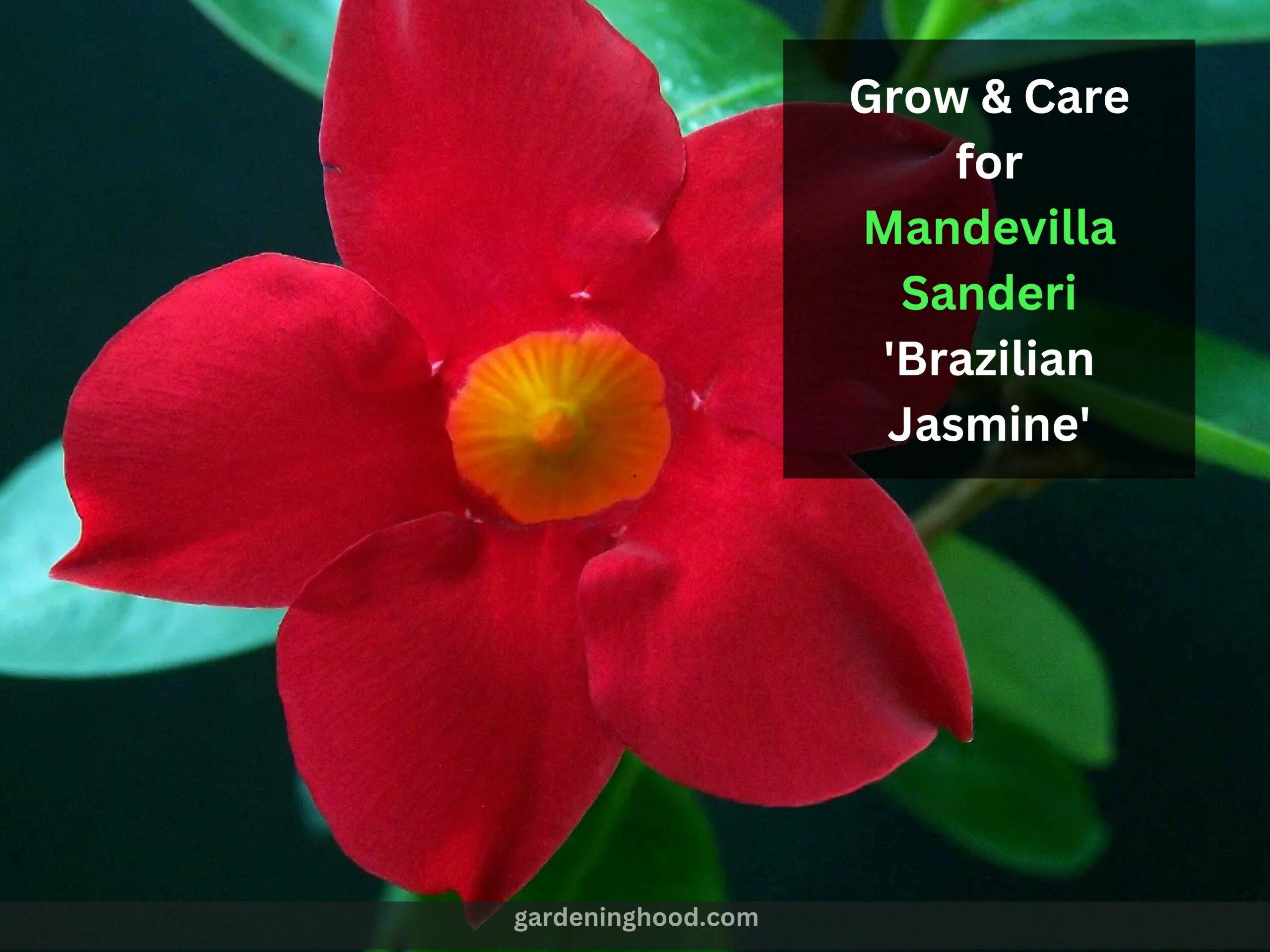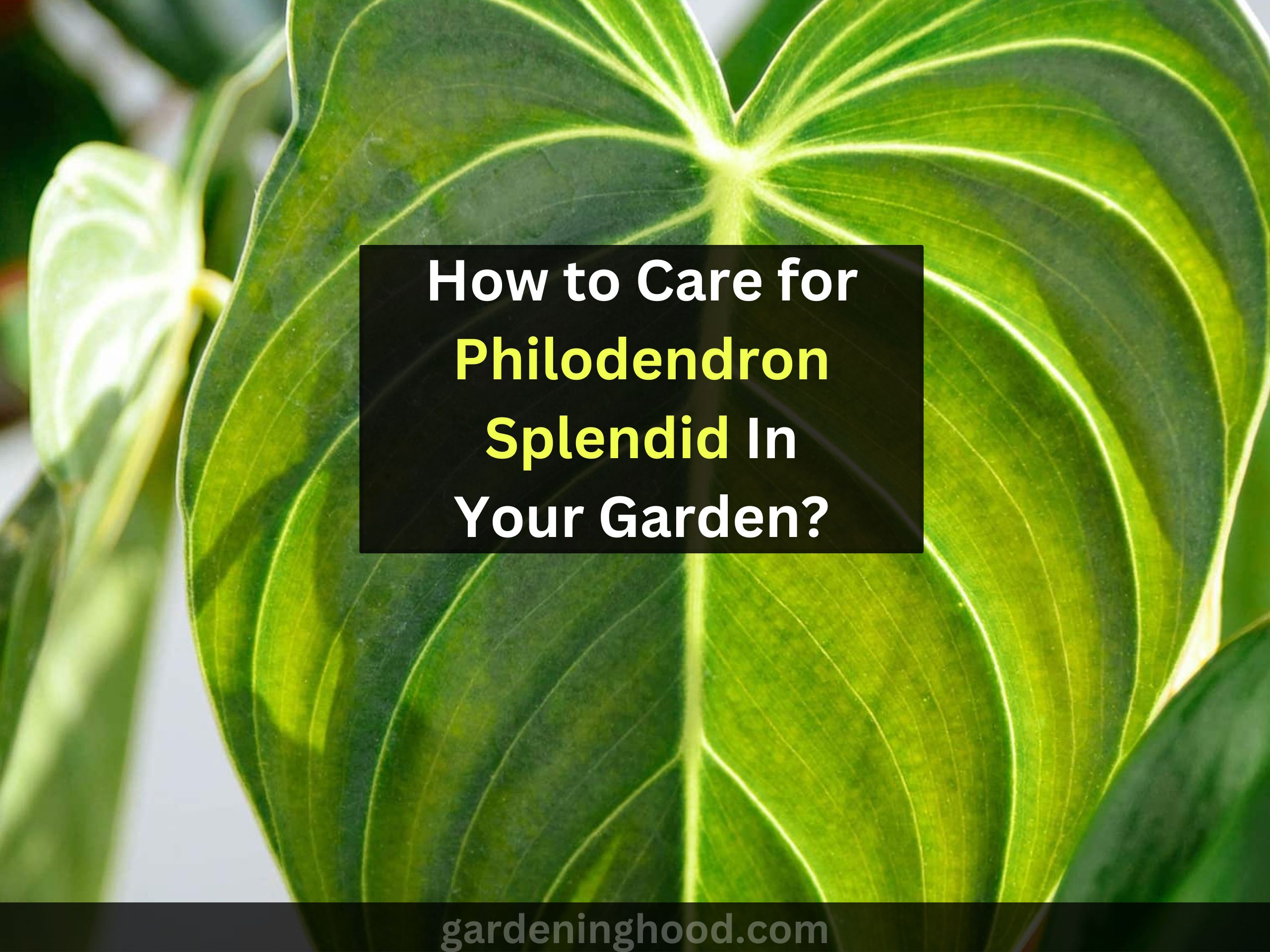Can I Grow Cucumbers Indoors under Lights? (If Yes! How?)
Can I Grow Cucumbers Indoors under Lights? Growing cucumbers indoors is rewarding. It’s among the fastest-growing fruit-bearing veggies you can plant alongside zucchinis. It’s possible to have fruit ready to harvest in just 50 days after sprouting in certain cases. The most important thing is that you can avoid insects like squash bugs and cucumber beetles that can ruin your harvest if you cultivate them inside.
Quick takeaways:
- Indoor cucumbers aren’t difficult, but it does present some particular challenges that are not found in other vegetables that produce fruit like tomatoes.
- Indoor cucumbers must be pollinated by hand unless you have a parthenocarpic cultivar that produces fruit with no pollination.
- It is essential to have enough lighting, at least 14 hours to 20 hours, using fluorescent, or better yet, full-spectrum LEDs or grow lights.
- Containers should be at a minimum of one foot (30 cm) long and wide or more is better if have space.
If you are looking to conserve space, varieties of bush cucumbers are advised, but you can still plant regular vining cucumbers in a container with the support.
Being one of the fruits that are most hydrating with a water content of 95 percent Cucumbers are also full of minerals, antioxidants, and vitamins. Knowing how to grow cucumbers indoors is a great way to access the fruit thought to help you lose weight and help control blood sugar. These are only some of the numerous reasons that growing cucumbers indoors appeals to a lot of people. But are you aware of how to cultivate cucumbers inside?
Can I Grow Cucumbers Indoors Under Lights?
Although they are officially classified as edible fruit Cucumbers (Cucumis sativus) are part of the Cucurbitaceae or gourd family. Cucurbitaceae plants can thrive when they are in the U.S.
Department of Agriculture zones 4 and up. Cucumbers thrive in fast-draining, fertile, loamy soils that have a pH of 5.5 up to 7.0. They require full sunshine at least 6 hours per day, however, the more sun they get available, the more. Bush-variety cucumbers can thrive in pots indoors if they meet these requirements. There are many plants that you can grow in low light such as Palm trees, Dragon trees, Rubber plants, False aralia, etc.
Gardeners without a suitable window, but who want to plant cucumbers indoors require full-spectrum fluorescent lighting to supply the plants with additional light.
For more such plant related-articles, you may also read, Can I grow Cucumbers in a Container? (If Yes! How?)
What pot or container should I plant Cucumber?
Indoors, when growing cucumbers I’d recommend growing bush cucumbers. They grow between 6-8 inches in length with vines no longer than 2 inches.
Bush cucumbers are great for those who have only one cubicle or windowsill to dedicate to their garden. However, you’ll require a large container for your cucumber plant to allow for its growth, particularly at the point when you are at its peak for harvesting.
Pots are also an option if you prefer, however, cultivating the cucumbers inside a hanger basket could be equally effective. The vines may stretch a bit however since they’re not too big it isn’t necessary to worry about their vines sagging as an indoor ivy could.
How to Pollinate Cucumbers with a Hand?
Don’t be afraid of it, as it’s simple to pollinate cucumbers by hand. In the beginning, you must have male and female flowers blooming simultaneously, and they typically open early in the morning. Indoors, this is when the grow light comes on. Female flowers and male flowers appear similar, but in between the female flower is the baby cuttlefish. And the male flower is the stalk.
There are several methods you can use to achieve this. Since the pollen from cucumbers isn’t sustainable for long and there’s no way any bees are visiting your plants, you can cut one of the flowers, take away the petals and gently dab the middle on the male bloom, where the pollen-producing anthers are located on the female flower several times. A few people take the brush or tiny cotton swabs and apply pollen from many male flowers, then gently dab it on the center of the female flower.
You’ll know it was pollination that was successful as within some days, you’ll notice the new cucumber beginning to develop. You now are aware of how to pollinate cucumbers, and this method applies to other cucurbits, like watermelons, cantaloupes, and other summer squashes, winter squashes, and gourds.
If you are growing cucumbers indoors, I’d suggest having more than two of them, so you’ll have a better likelihood of male flowers and female flowers blooming simultaneously. Certain varieties of cucumber are self-incompatible. This means that they have been pollinated by a different plant.
Light Requirements for Cucumbers
Cucumbers, along with other cucurbits like watermelon and squash, do best when they are in full sun which means at least 6- 8 hours in the direct sun every day. Because your grow light will not be as strong as the sun (if it’s there it is, I’d like to be sure! ) You should be maintaining your grow light all day long, at most 14 hours each day, but up at least 18-20 hours.
Avoid a continuous light cycle for 24 hours to avoid damaging light that constantly impacts your plants’ health. Make sure that your grow lights are about 4 inches over the plant so that you don’t burn leaves. Once it develops the first few leaves, make sure you check it every day since cucumbers expand extremely quickly.
Growing Cucumbers in Containers
I’ve previously discussed cultivating cukes in containers but I’ll provide the details here. Cucumbers can be massive they can be quite large, which is why you’ll need the capacity of a large container. I’d recommend a minimum of one foot (30 centimeters) deep and about a foot wide.
If you have room to accommodate a larger size then it’s more suitable. Outdoors, I would recommend 5-gallon (19 L) buckets if you have room for it, however, indoors, a 5-gallon bucket may be too much.
How do I Fertilize Indoor Cucumbers?
Cucumbers are very nutrient-dense which is why I suggest feeding them by using liquid fertilizers each 7 to 14 days or you could apply a slow-release fertilizer following transplanting them to their final containers as per the directions on the package.
Jobs Tomato Spikes are my favorite slow-release fertilizer for fruits and vegetables. However, you can use any that has a balanced NPK as well as one less in nitrogen (N).
Fertilizers with high nitrogen content are ideal for growing green leaves but they are not suitable for flowering or fruiting. If you apply too much nitrogen, you might have an abundant cucumber plant but with a few cucumbers.
Wrap up!
In this guide, you come to know that Indoor cucumbers aren’t difficult, but it does present some particular challenges that are not found in other vegetables that produce fruit like tomatoes. Indoor cucumbers must be pollinated by hand unless you have a parthenocarpic cultivar that produces fruit with no pollination. It is essential to have enough lighting, at least 14 hours to 20 hours, using fluorescent, or better yet, full-spectrum LEDs or grow lights. Read the whole guide for its proper understanding.
Thanks for reading! Happy gardening!


